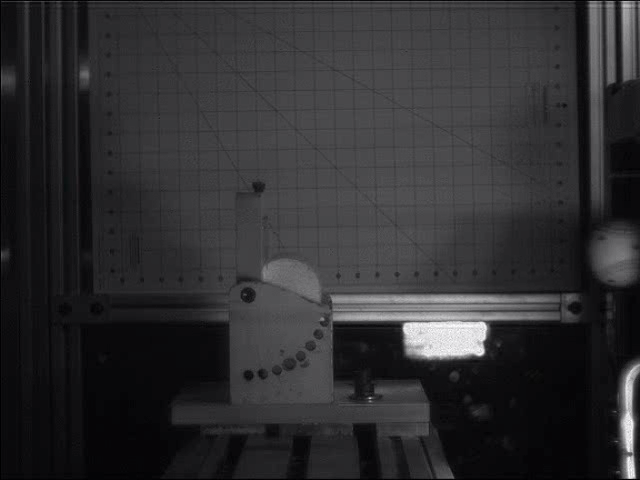Adjusting To The Speed Of Football At The Next Level

As football players move up from youth leagues to high school to college and, ultimately, the NFL, there is often a sharp learning curve to adapt to the next level. They struggle with the speed of the game and the need to “slow the game down” to make better on-field decisions.
Even for elite players, with all of their physical talent, training the brain to react instinctively to game situations takes hours of preparation and repetition.
Daniel Kahneman, a Nobel Prize winning behavioral psychologist, describes this education as moving from System Two to System One thinking, which applies to more in life than just football. When Robert Griffin III was slowed down by his knee injuries last season and during his off-season surgery recovery, he was forced to spend his training time on his mental game and pattern recognition skills. “I was talking to the guys about it toward the end of last year, being slowed down kind of slowed the game down for me, because I had to slow down, and it made me have to get through all of my reads,” Griffin told the Washington Post, “For me, the biggest part was mastering the offense first, so I can continue to beat teams with my mind and get guys in the right position.” Mike Shanahan, Redskins’ head coach, agrees, “When you come in your first year, you’re just trying to learn the terminology of the system and everything’s coming at you a thousand miles an hour,” Shanahan said. “So in the second year, it does slow down a little bit, and people do feel more comfortable. If you keep on studying the game, you keep getting better and better.”
Imagine a young quarterback breaking the huddle with a specific offensive play called. From repeated practices and playbook study, he knows what the formation is, what each player is supposed to do and what should happen after the ball is snapped. This type of a planned, intentional thought process is described by Kahneman as “System Two” or slow thinking, in his bestselling book, “Thinking, Fast and Slow.”
As the young quarterback scans the defense in front of him, he begins to look for cues; the location of the safeties, the possibility of a blitz, etc. Kahneman likens this to doing a complicated multiplication problem or following directions to a new restaurant. Once the ball is in his hands, his world moves much faster. He no longer has time for deliberate thought but has to react instantly to the ever-changing scene in front of him. Who is open? Did the blitz come? Did receivers run the right routes? While he would like to stop the play for a few seconds to analyze his options, the approaching defensive end forces a snap decision. This automatic, reactive thinking is what Kahneman calls “System One” or fast thinking. Just like when we hit the brakes on our car to avoid a car or instantly recognize a familiar face, our brain triggers an instant response without conscious effort.
The goal of film study and practice drills is to get through the learning curve and move as many decisions as possible from System Two to System One. When scrambling out of the pocket, a quarterback needs to rely on his vision and brain for quick, accurate choices. It’s the same on the other side of the ball as a linebacker or safety anticipates the play based on subtle cues he sees right after the snap. For an inexperienced player, his untrained System One thinking can sometimes fool him. Kahneman lists many different tricks or biases that our brain plays on us. When we pick a choice that seems correct, we might just be falling for the “availability bias” or just choosing the first option that comes to mind. This is where creative coaches can wreak havoc by designing disguised formations and movements. Seeing a linebacker up on the line pre-snap might fool a QB into looking for a blitz only to have him drop back into coverage. Confidence and emotions also play a big part in rational decision making. Players and coaches will often choose to avoid a loss rather than try for a big gain. In the “loss aversion bias”, the pain of a possible interception can prevent a QB from trying to make a difficult throw that could result in a big gain.
Even Griffin hinted that he gave into this bias last season as he was still learning. “You try not to second-guess,” he said, “but the touchdown-to-interception ratio was pretty good, so yeah, were there some throws that you look back and today, ‘could I have made them?’ Yeah, I probably could have made them. But that’s why you play the game, and the more you play the game, the better you get. You can always get better. You never rest on what you did last year.” While young players don’t need to know the intricate details of Kahneman’s prospect theory, they may listen to their heroes, like RG3, encouraging them to put in the long hours of practice and studying to make the game slow down.



















